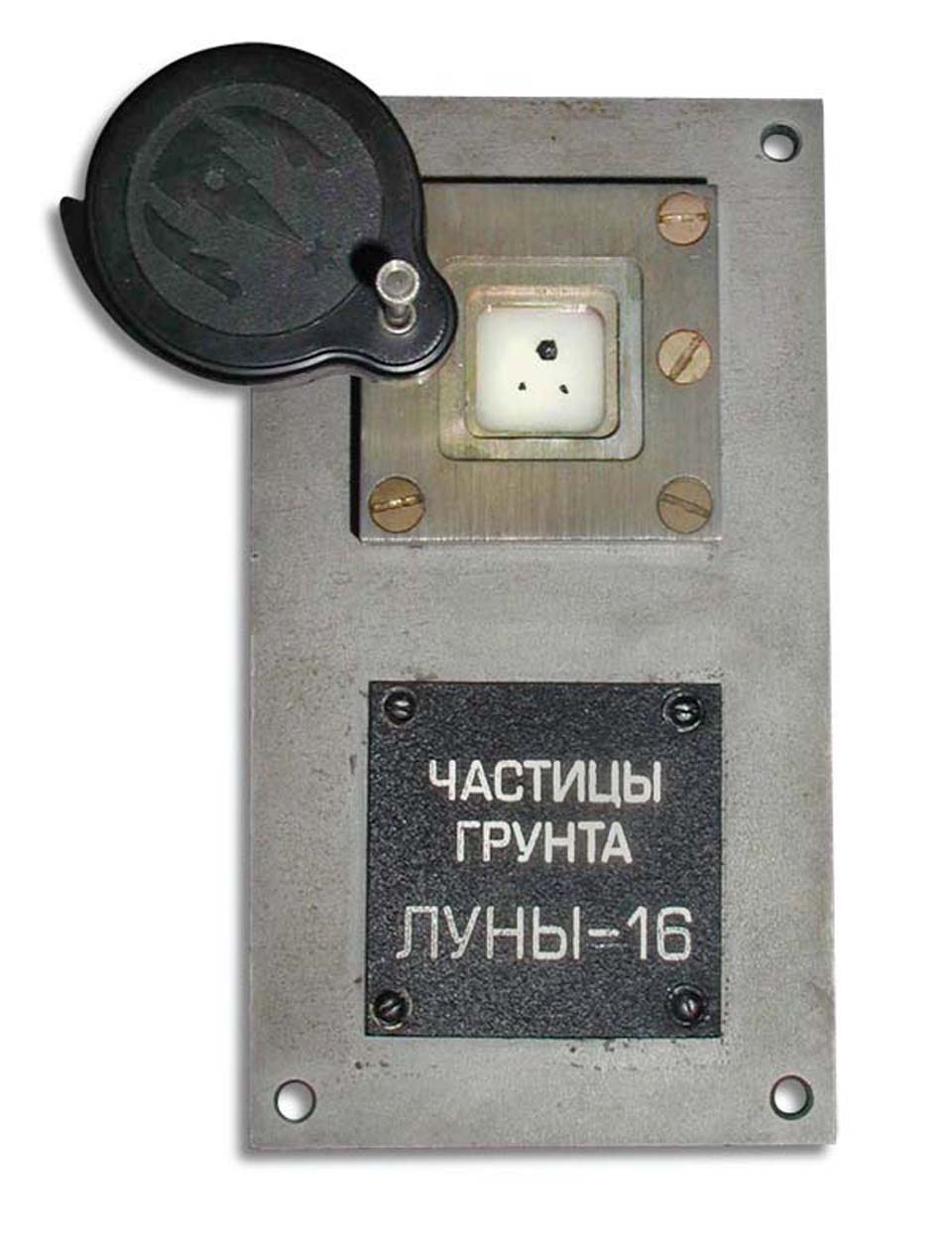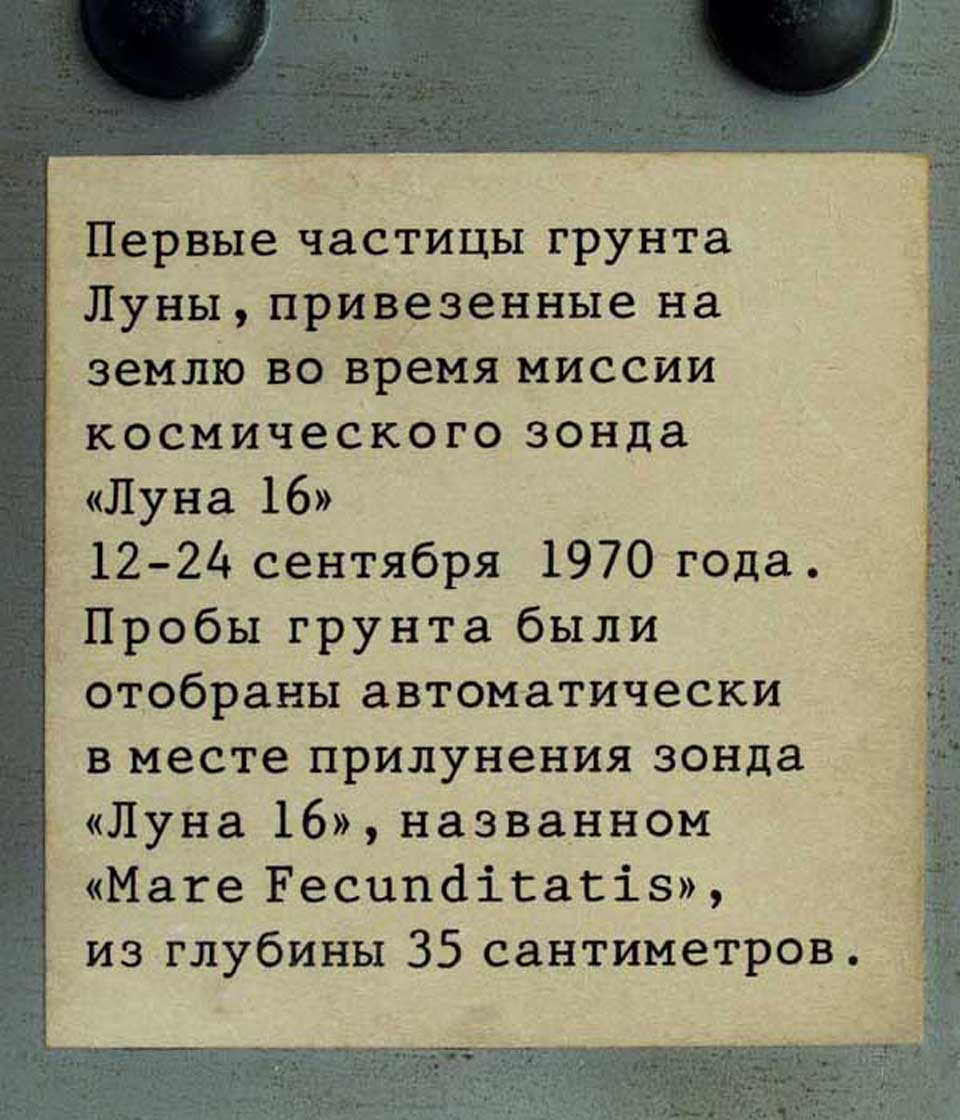Expert opinion
Lunar soil - regolith - covers the entire surface of the moon. It is formed as a result of the long-term, over many millions of years, lunar surface meteorite bombardment of particles of different sizes, from micron to meter, with an average speed of about 20 kilometers per second. That causes crushing of the rock surface, carrying formed debris to different distances, melting of the substance and resulting melt spraying, sintering of loose material in the thickness of the regolith under the influence of shock waves.
Regolith consists of primary igneous rocks fragments, different in different parts of the moon, and the secondary particles arose from shock-explosive substance transformation. The secondary particles are regolith breccias - products of regolith fines sintering, agglutinates - products of loose material fusion, the glass particles - products of complete melting of the substance.
The older the surface, the greater the power of the regolith and the higher the fractional conversion - the maturity degree. That, of course, increases the relative content of secondary particles in the regolith.
Samples of lunar regolith were brought to Earth by three automatic stations "Luna": "Luna-16" (1970), "Luna-20" (1972) and "Luna-24" (1976), and by the missions of Apollo (USA).



This sample of lunar regolith was taken by automatic station "Luna-16" on September 20, 1970. The landing place is at the north-eastern part of the Sea of Fecundity (Mare Fecunditatis). The core sample was drilled out from the depth of 35 cm. The total weight of the lunar soil delivered to the Earth by the recovery capsule "Luna-16" was 101 grams.
Primary rocks in the landing site are lava flows of low-Ti high magnesium alumina basalts and fine-grained gabbro. Regolith in the landing area was exposed to meteorite and micrometeorite bombardment, it is mature, what is reflected in its high content of secondary particles. All three particles of lunar regolith presented in a given sample are secondary.
A fragment of a diameter of 4.5 mm is a chip of regolith breccia, it has been formed as a result of fines sintering under the influence of shock wave. The following minerals are present as the parts of the fragment: gabbro chip diameter of about 1.5 mm, consisting of pyroxene, plagioclase and ilmenite (at the bottom), and the separate grains of minerals - pyroxene and plagioclase (at the top). A secondary glass, formed by shock event, is present in the fragment in significant quantities, cementing all the components of breccia.
Two other fragments - 1 mm and 1.2 mm - a considerable degree are made of glass, they are agglutinates - the fusing products of grained fractions of loose regolith.
August 18, 2004
|
Doctor of Geological and Mineralogical Sciences
Institute of Geochemistry and Analytical Chemistry named after V.I. Vernadsky (Russian Academy of Sciences). |
 |
A.V. Ivanov.
|